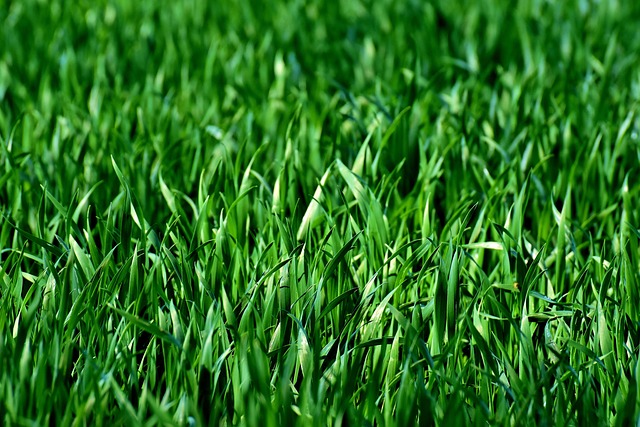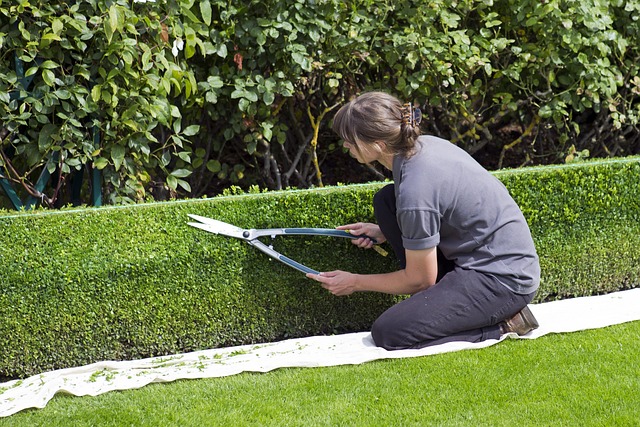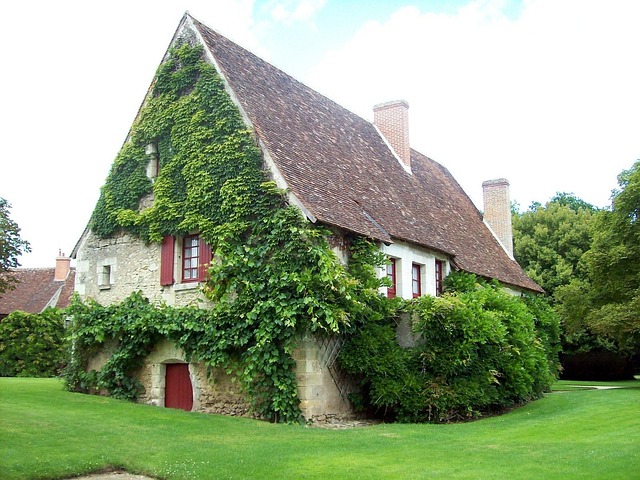In Aurora, brown spots on lawns are primarily caused by water scarcity, lack of sunlight, compacted soil, and drought stress. Effective solutions involve improving irrigation, enhancing sunlight access, and optimizing soil structure for better water absorption. Addressing these common causes ensures lawn resilience against drought conditions through deep watering, removing patches, adding organic matter, and using suitable fertilizers.
In the face of escalating drought conditions, maintaining a healthy lawn in Aurora can be challenging. Understanding the common causes behind the prominent brown spots is the first step towards effective solutions. This article delves into the identification and underlying reasons for drought-stressed lawns, offering practical strategies to revitalize your turf. From recognizing specific patterns to implementing tailored recovery tactics, discover how to restore your lawn’s vibrancy in our arid climate.
- Understanding Brown Spots: Common Causes Revealed
- Drought-Stressed Lawns: Identification & Solutions
- Revitalize Your Lawn: Effective Recovery Strategies
Understanding Brown Spots: Common Causes Revealed

Brown spots on your lawn can be a common sight during times of drought, but what exactly causes them? In Aurora, where water scarcity is a growing concern, identifying the root issues behind these patches is crucial for effective problem-solving. The primary culprits are often lack of water and sunlight, leading to reduced grass health and, consequently, browning.
Drought conditions cause the grass to become stressed, making it more susceptible to disease and insect damage. Additionally, compacted soil from foot traffic or heavy equipment can restrict water penetration, further exacerbating the problem. Once brown spots appear, they may persist until the underlying causes are addressed, including improving irrigation practices, ensuring adequate sunlight, and enhancing soil structure to promote better water absorption.
Drought-Stressed Lawns: Identification & Solutions

Drought stress is a common issue for many lawns, especially in areas like Aurora where water scarcity is frequent. One of the most visible signs is the development of brown spots, which can be caused by various factors. The first step in addressing this problem is identifying these specific spots and understanding their underlying causes. Common culprits include lack of water, extreme temperatures, poor soil conditions, and heavy foot traffic.
When a lawn lacks adequate moisture, especially during prolonged dry spells, grass leaves may wilt, turning brown and crispy. Extreme heat further exacerbates the issue, as grass struggles to retain water. Poor soil structure or nutrient deficiencies can also lead to weak grass, making it more susceptible to browning. Additionally, heavy foot traffic compacting the soil reduces air circulation, depriving roots of essential oxygen and promoting drought stress.
Revitalize Your Lawn: Effective Recovery Strategies

Brown spots on lawns in Aurora are often a sign of drought stress, with common causes including water scarcity and high temperatures. To revitalize your lawn after a dry period, start by identifying and addressing the underlying issues. Deep watering is key; though it may seem counterintuitive during droughts, providing ample water directly to the roots encourages deep growth and helps establish a stronger grass foundation.
In addition to regular, thorough watering, consider removing affected grass patches and replenishing the soil with organic matter. This promotes healthier root development and allows for better moisture retention. Fertilization can also aid in recovery, choosing a slow-release formula suitable for drought conditions to nourish the lawn without excessive water usage.
In addressing lawn plant drought stress, understanding the common causes of brown spots specific to Aurora’s climate is key. By identifying and implementing effective recovery strategies, homeowners can revitalize their lawns and ensure resilience against future droughts. Regular maintenance and proactive solutions are essential to maintaining a healthy lawn, enhancing its ability to withstand challenging environmental conditions.
